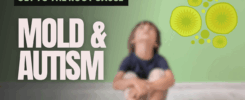Better Blue Solutions
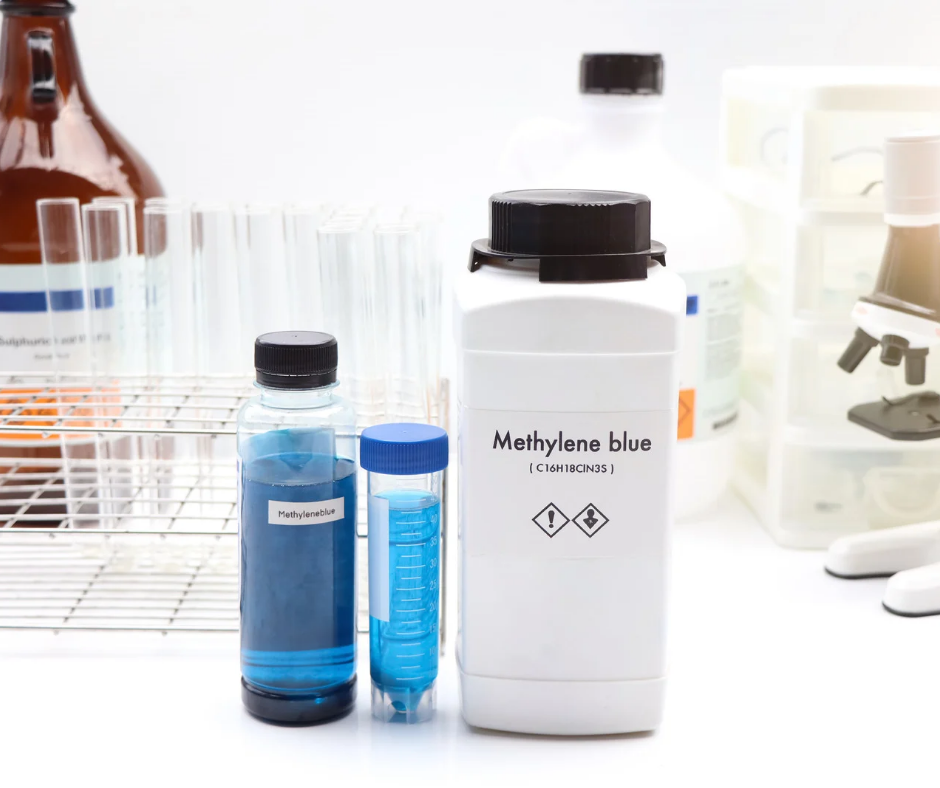
We all have been hearing about methylene blue, and it’s amazing potential health benefits.
Methylene blue has been around since it was invented in the 19th century by a German chemist. The textile industry first used it for dyeing purposes. Later, bacteriology, microscopy, and chemistry labs used its color-changing properties in experiments and tests.
About 125 years ago, a German physician began using methylene blue as a medical treatment for malaria. Since then, its uses have evolved. Currently, it’s FDA-approved only for treating methemoglobinemia, although doctors also use it off-label for other conditions.
Sometimes methemoglobinemia is called “blue baby syndrome” because the lack of oxygen to the body’s tissues turns your lips, skin, tongue, and nail beds blue. This is also called cyanosis. Some people inherit this condition through genes they get from their parents, but many people get it when they take certain medications or recreational drugs or are exposed to certain chemicals. Methemoglobinemia can be life-threatening.
Methylene blue is a cure for the disorder. It works by causing a chemical reaction in your blood. Methylene blue donates electrons to (reduces) methemoglobin molecules and converts them to hemoglobin. This increases the amount of oxygen they can deliver to your tissues.
Because many cancers thrive in oxygen-deprived environments, supplying the tissues with more oxygen is believed to be one of the main reasons Methylane blue may be effective for fighting cancer.

Methylene Blue’s Potential Anti-Cancer Properties:
Disrupting Cancer Cell Metabolism: Methylene blue may interfere with the energy production processes within cancer cells, potentially inhibiting tumor growth and survival.
Enhancing Cancer Therapies: Some research suggests it can enhance the effectiveness of radiation and chemotherapy, potentially making cancer cells more vulnerable to these treatments.
Photodynamic Therapy: Methylene blue can act as a photosensitizer in photodynamic therapy (PDT), where it’s activated by light to destroy cancer cells.
Above its anti-cancer potential, Methylene blue has also been being used in the treatment of Allzheimer’s due to its ability to improve cognitive function.
Sounds too good to be true right? Unfortunately that may be the case.
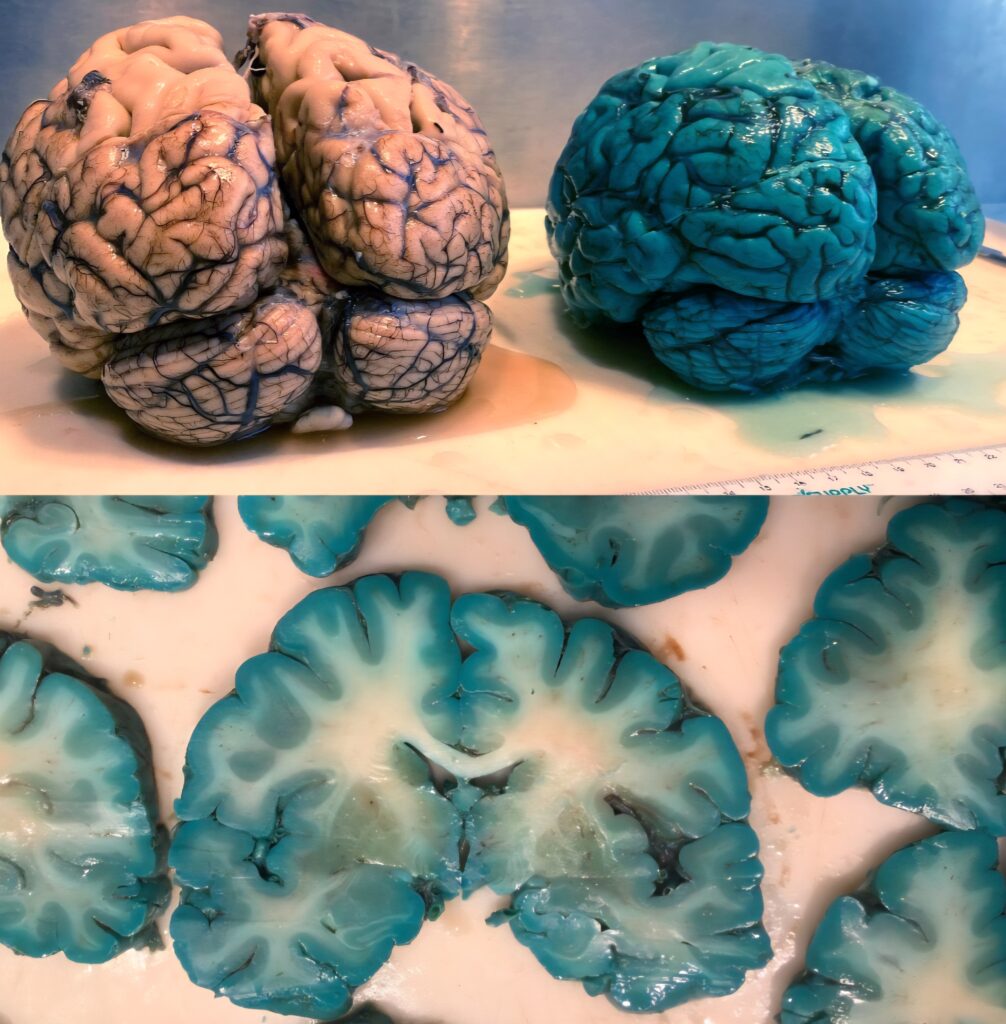
Methylene Blue cons
Methylene blue is a synthetic substance and does not naturally occur in nature. It was first synthesized in 1876 by German chemist Heinrich Caro and was initially invented as a textile dye.
Like most synthetically created substances that we use internally, methylene blue comes with the risk of harmful side effects that include:
•agitation
•bluish colored lips, fingernails, or palms
• chest tightness
• confusion
• cough
• dark urine
• diarrhea
• difficulty breathing
• difficulty swallowing
• dizziness or lightheadedness
• fast heartbeat
• fever
• headache
• hives or welts, itching, or skin rash
• rash on the face, eyelids, lips, tongue, throat, hands, legs, feet, or sex organs
• overactive reflexes
• pale skin
• poor coordination
• rapid heart ratere
• dryness of the skin
• restlessnesss
• hivering
• sore throat
• sweating
• talking or acting with excitement you cannot control
• trembling or shaking
• twitching
• unusual bleeding or bruising
• unusual tiredness or weakness
• greenish-blue discoloration of the brain and heart
Much like chemo or radiation, methylene blue certainly has it’s place, and can be used in circumstances when all else fails. At that point, most people have nothing left to lose and are willing to try anything just to survive. This is when we must accept and to outweigh the risk with the benefits.
Now on the contrary there may be a solution for those that do not want to go down the synthetic route. There is a natural blue substance that has many of the same benefits as methylene blue without the harmful side effects.

Blue Spirulina
Blue spirulina is the phycocyanin pigment extracted from the spirulina algae (Arthrospira platensis).
Spirulina can be found growing in both fresh and salt water blue in various parts of the world. It is a type of cyanobacteria, which is a family of single-celled microbes that are often referred to as blue-green algae. Just like plants, cyanobacteria can produce energy from sunlight via a process called photosynthesis, therefore most spirulina algae has a blue-green color.
Blue spirulina is referring to the extracted phycocyanin pigment which is responsible for the “blue coloring” in spirulina which has both chlorophyll and phycocyanin.
In addition to being used as a coloring agent in the food industry, phycocyanin has a wide range of uses in the areas of human nutrition and medicinal benefits.
Blue spirulina is an antioxidant rich extract that has a vibrant blue hue. Phycocyanin, the active component of blue spirulina, possesses powerful antioxidant properties that help protect cells against oxidative stress and damage caused by free radicals. This in turn can reduce inflammation in the body and offer anti-aging benefits.
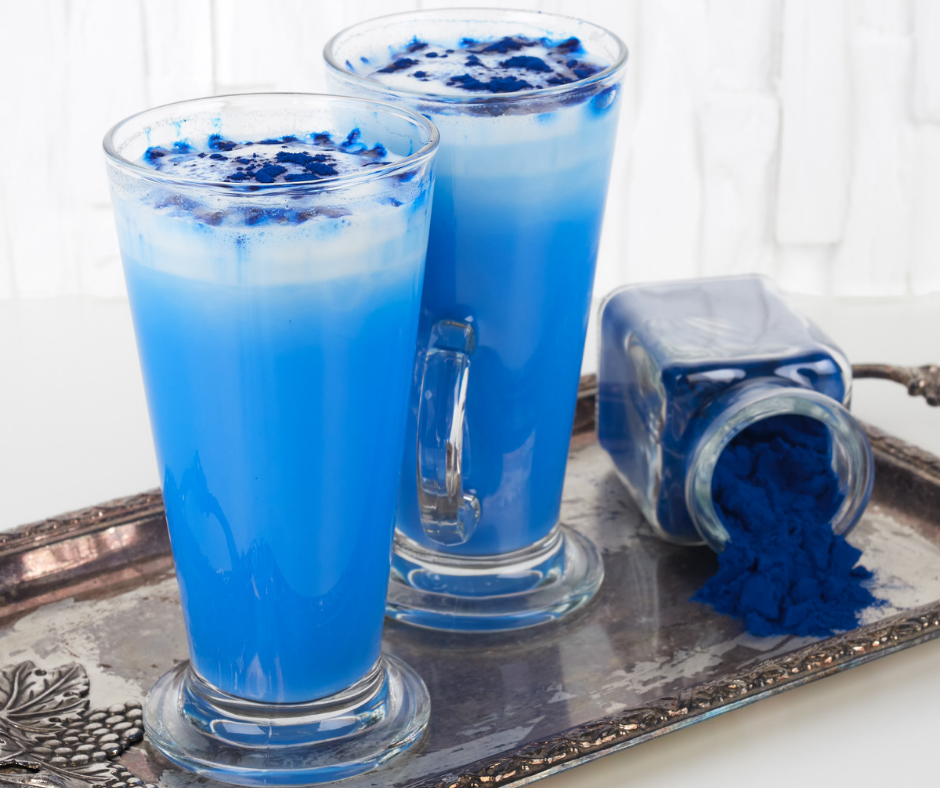
Health Benefits of Blue Spirulina
• Packed with Nutrients
• Contains Antioxidant Properties
• Shown to Lower Cholesterol Levels
• Reduces Risk of Oxidation
• Reduces Blood Pressure with Nitric Oxide
• Ability to Prevent Eye Diseases
• Improved Responses to Environmental Allergies
• Could Affect Mood Disorders
• Improve cognitive function
• Anti-Cancer
It’s all in the pigment
Interestingly enough, there is a connection here between these two substances and their vibrant blue color.
Methylene blue, when exposed to light of a specific wavelength (typically red light around 630-680 nm), becomes a photosensitizer. This means it can absorb light energy and convert it into other forms of energy, such as reactive oxygen species (ROS). ROS can damage cellular components, including lipids, proteins, and DNA, but in a controlled manner, this damage can be used therapeutically.
When light, particularly blue light, interacts with blue spirulina in the body, it can lead to several effects, including potential protection against retinal damage and inflammation. Spirulina’s active component, phycocyanin, has been shown to mitigate blue light-induced damage in retinal cells and can inhibit blue light-induced inflammation by regulating the NF-κB pathway and inflammatory-related gene expression.

To take this one step further, we can look at the interesting work of Edwin Babbitt, Principles of Light and Color (1878). He believed that using light and different colors could heal with frequencies and blue being one of the most healing colors.
Years ago I remember hearing that people used to sit in front of cobalt windows if they were fighting an illness like a cold. The light through the window would activate a healing frequency within them. We find the same rumors about those who sat in front of stained glass windows of churches. Now, I cannot say if these rumors are fact, but it would make sense considering the research I have discovered on the healing potential of “Blue”.

Ways to use Blue Spirulina
Blue spirulina comes in a powder form that can be mixed into foods like yogurt, smoothies, incorporated into energy bars, or even sprinkled on salads or eggs.
The bright blue color also makes it fun to be creative with cooking and children love that they can have blue pancakes or eggs!
Consuming as a food or powdered filled pill is the best way to take blue spiralina as a supplement. It’s medicinal components are not alcohol soluble therefore taking in extract form would not provide you any benefits.

Safety Considerations
Blue spirulina, like other forms of spirulina, is generally considered safe for most people, but it can cause some side effects. The most common side effects are mild and may include nausea, vomiting, diarrhea, headache, and dizziness. If you take medication or have prior health concerns, it’s recommended to speak to your doctor first. Not enough is known on the effects of pregnant and nursing women, so it’s best to avoid.
Spirulina can be contaminated with toxins like microcystins, heavy metals, or bacteria, which can cause liver damage, gastrointestinal problems, and other health issues. It’s important to make sure you are purchasing from repertable suppliers like this one here.
Blue spirulina can be degraded by heat and light exposure. Keep your products in cool dark areas to ensure purity and effectiveness.
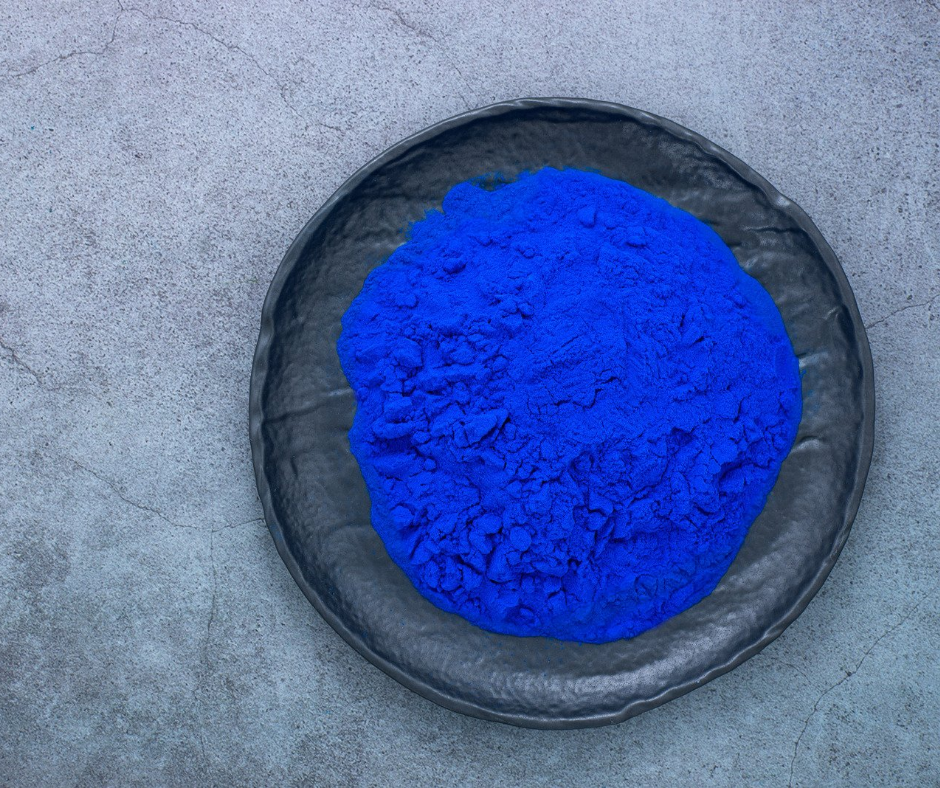
Final Thought
In summary, blue spirulina offers a natural and health-conscious alternative to methylene blue, providing vibrant coloration along with numerous added benefits like antioxidants and essential nutrients. As more people seek eco-friendly and safer options, embracing blue spirulina can help promote a more sustainable and wellness-oriented approach. By choosing this natural superfood, we not only enhance our well-being but also support a cleaner, healthier future.
Stay Wild

Kayce Heister
Kayce is an Author, Clinical Herbalist, Naturopathic Practitioner (HHP), Active Forager, Wild Food Chef and Mother of three. She has spent the last 20 years practicing herbalism and natural health, and spends most of her time educating others on the amazing potential the natural world can offer.
Sources Below
https://pmc.ncbi.nlm.nih.gov/articles/PMC8839264/
https://pmc.ncbi.nlm.nih.gov/articles/PMC3136577/
https://pmc.ncbi.nlm.nih.gov/articles/PMC3136577
https://www.healthline.com/health/blue-spirulina-benefits
https://pubmed.ncbi.nlm.nih.gov/32940886/
